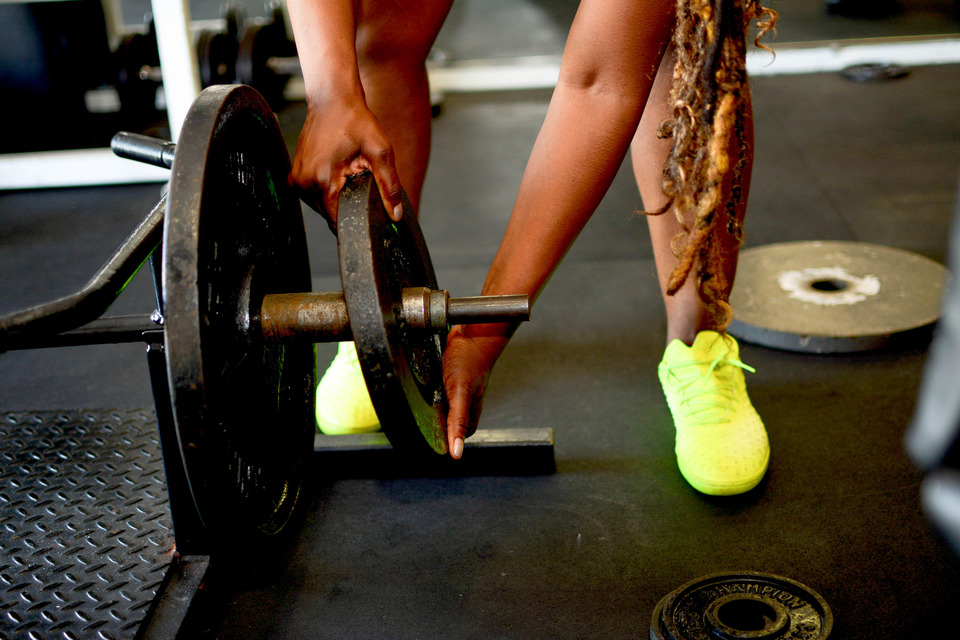Coming up with new ideas takes work. And if you’re tasked to come up with fresh ideas frequently, it can be easy for you to hit a brick wall. This is when brainstorming sessions are essential. Brainstorming is the process of collecting as many ideas as you can and filtering them to get the best ones. During a brainstorming session, every idea should be heard. The goal is to just let the creative juices flow and gather as many ideas as possible without criticism. Remember that there are no bad ideas during brainstorming.
Here are five ways how you can make the most of your brainstorming session:
-
Be clear about your objective
For a brainstorming session to be effective, make sure that you communicate your objective clearly. A well-defined objective will prevent your team from losing focus and going astray. It’s futile to gather your team, hustle them in a room, and ask them to throw ideas without a goal in mind. Effective brainstorming needs a plan and a plan must have an objective.
-
Start the session relaxed
The mind works best when it’s rested and relaxed so start your brainstorming session on a light note. Encourage easy conversation and allow your team members to speak out. Everyone is encouraged to participate. The goal is to get people unstuck and urge them to come up with thoughts and ideas. When the mood is light, ideas are bound to flow.
-
Time the session
To get the thought process rolling, make sure to time your session. A clock is a good reminder that there’s a deadline and this will help propel your team to think quickly. You can keep the session to as short as five minutes or it can run to as long as 45 minutes. Make sure that you make your session long enough for ideas to flow freely.
-
Write everything down
Make sure that all ideas, good or bad, are noted down. Use a whiteboard so that your team members can see all the ideas that have been shared and add more suggestions. Do not judge or favor any idea and just welcome everything: big ideas, bold ideas, and even totally ridiculous ones. Brainstorming sessions are all about quantity, not quality.
-
Evaluate the ideas
After you have gathered all the ideas, the next step is to evaluate them one by one and separate the good from the bad. Remove all duplicate ideas and assess all the remaining ideas one by one. Is the idea fresh? Is it unique? Does it provide a solution? In choosing the best idea, you need to go back to the objective and ask yourself if an idea meets your objective.
Brainstorming sessions are one the effective ways to come up with new ideas. If used wisely, it can a very effective tool to come up with great ideas and help take your company to the next level.
Keetria is an entrepreneur, wellness advocate, and brand strategy coach for creatives & entrepreneurs with 16 years of public relations expertise working with some of the world’s leading brands, startups, media personalities, and entertainers. If you would like to work together, don’t hesitate to reach out!





























